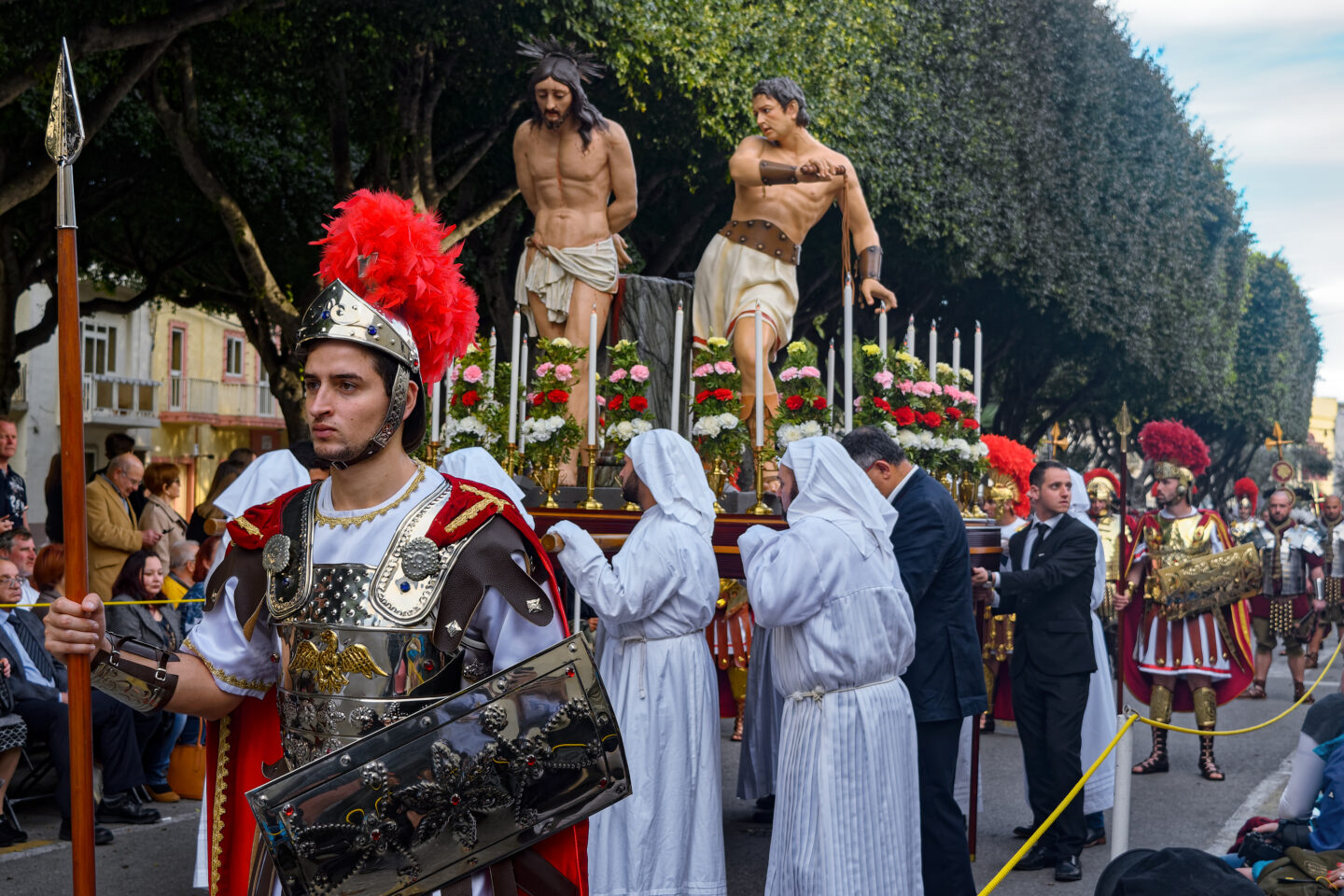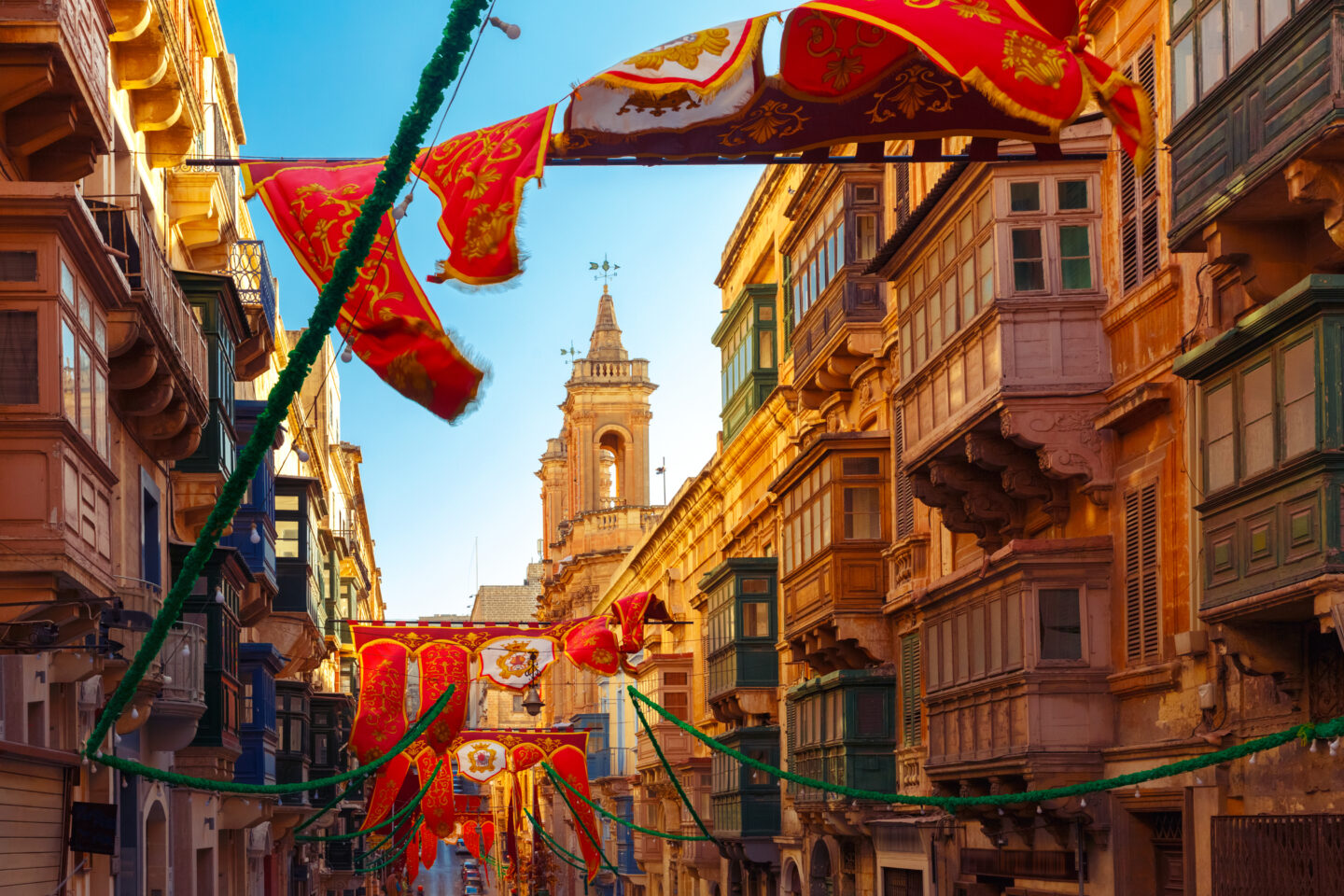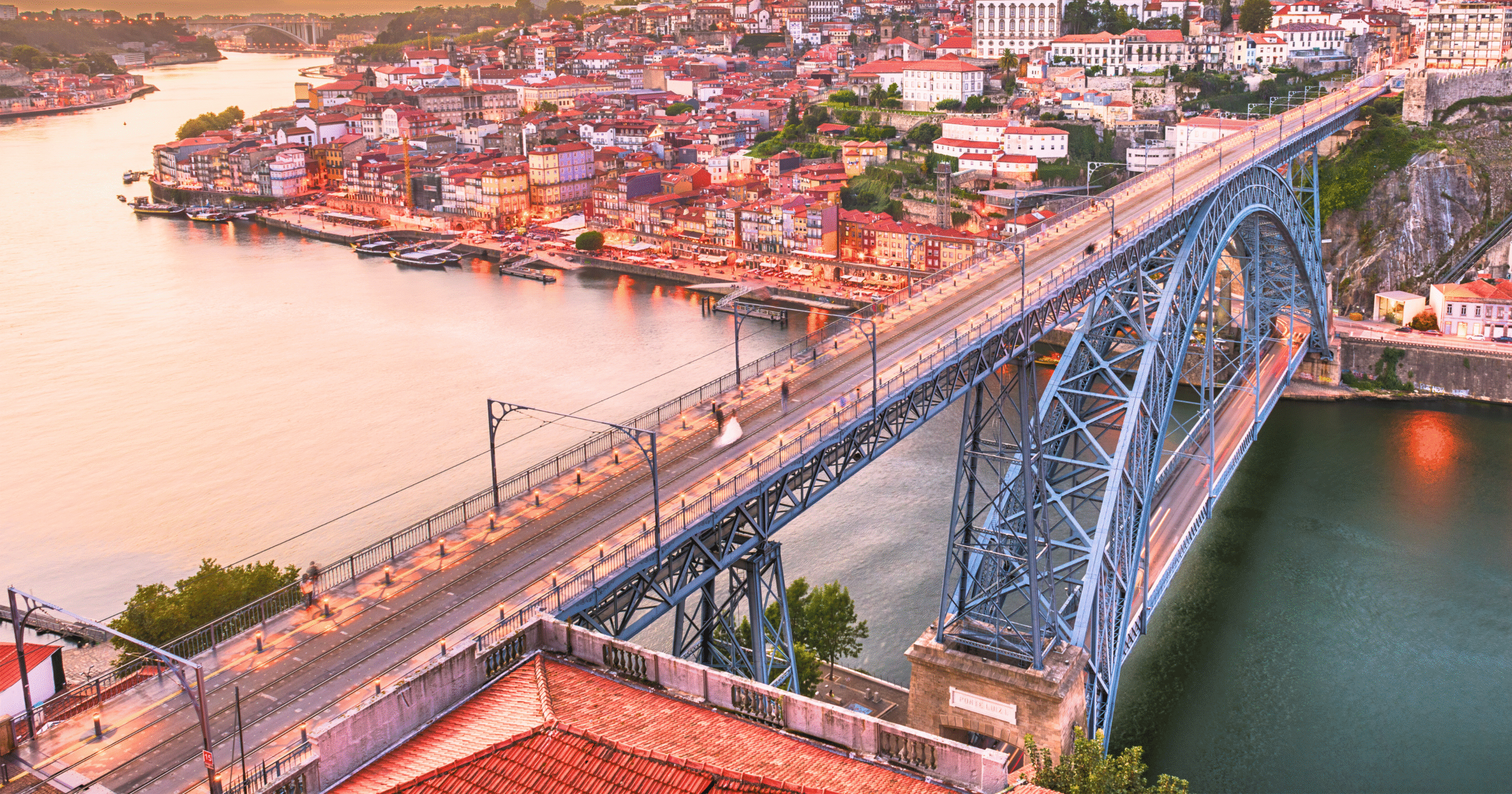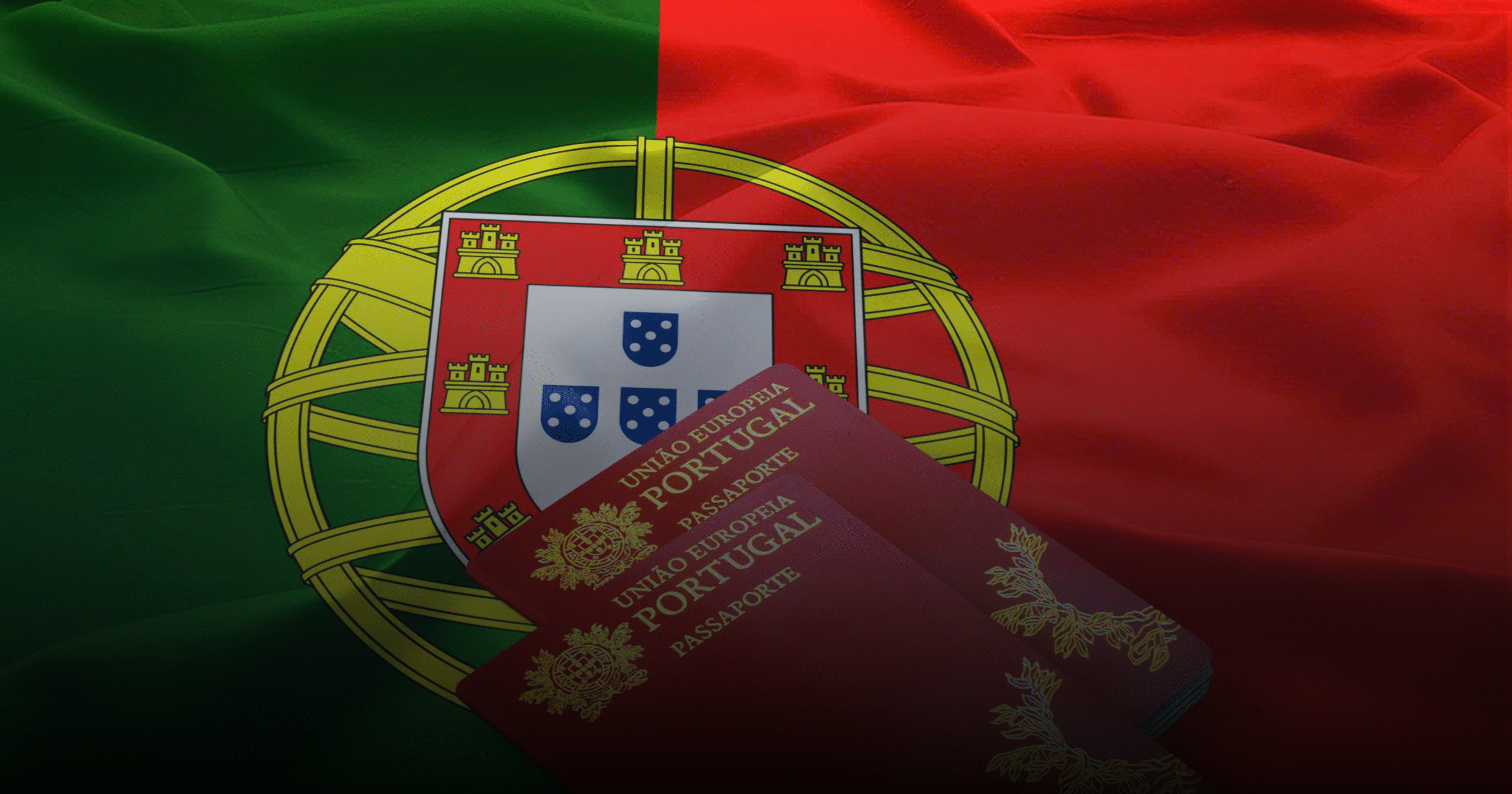Malta, a small archipelago in the heart of the Mediterranean, is a crucible of cultures. Its strategic location has made it a coveted prize for empires throughout history, each leaving an indelible mark. This confluence of influences has forged a unique national identity. Beyond the tourist trails lie cultural depths waiting to be discovered. This article unveils seven fascinating aspects of Malta culture that offer a deeper understanding of the island’s soul.

The Ancient Echoes within Malta Culture: The Megalithic Temples
Long before the pyramids of Egypt or Stonehenge, a sophisticated civilization thrived in Malta. These early inhabitants erected magnificent megalithic temples, now UNESCO World Heritage sites. These structures, dating back to 3600 BC, are among the oldest freestanding stone buildings in the world. Their sheer scale and intricate design speak volumes about the advanced social and artistic life of their creators. The purpose of these temples, with their characteristic five-apsed plans, remains a subject of scholarly debate, adding a layer of mystique to their presence. For anyone delving into Malta culture, these ancient monuments are a profound starting point, showcasing a heritage that stretches back into the mists of prehistory. The temples of Ħaġar Qim, Mnajdra, and Ġgantija are not just archaeological wonders; they are a testament to the island’s deep-rooted spiritual and communal beginnings.
The Enduring Legacy of the Knights of St. John on Malta Culture
The 268-year rule of the Knights of St. John, from 1530 to 1798, was a defining period for Malta. This noble order of knights transformed the island, leaving a legacy that is visible at every turn. They fortified the island with imposing bastions and watchtowers, most notably in the magnificent capital city they built, Valletta. This city, named after Grand Master Jean de Valette, is a masterpiece of Baroque architecture and a testament to their vision.
Architectural and Artistic Grandeur
The Knights were not just military engineers; they were also great patrons of the arts. They commissioned splendid palaces, churches, and auberges (inns for the different ‘langues’ or nationalities of the knights). The co-cathedral of St. John in Valletta is a breathtaking example of their opulence, its simple facade belying an interior of extravagant Baroque artistry. The influence of the Knights on Malta culture extends beyond architecture. They enriched the island’s artistic heritage, a fact underscored by the presence of Caravaggio, who painted some of his most famous works during his time in Malta.
A Language Like No Other: The Uniqueness of Maltese
The Maltese language, or ‘Malti’, is a cornerstone of the nation’s identity and a fascinating element of Malta culture. It is the only Semitic language in the world written in the Latin alphabet. Its roots lie in Siculo-Arabic, a dialect of Arabic that developed in Sicily and Malta during the Arab period. However, centuries of contact with European powers have heavily influenced its vocabulary. A conversation in Maltese is a linguistic journey, with a rich tapestry of words derived from Italian, Sicilian, French, and, more recently, English. This unique linguistic blend is a living record of Malta’s diverse history.
The Heartbeat of the Island: The Vibrant Festa Season
To truly experience the communal spirit of Malta culture, one must witness a ‘festa’. These religious festivals, held in villages across Malta and Gozo throughout the summer, are a riot of color, sound, and devotion. Each village celebrates its patron saint with unparalleled enthusiasm. The streets are adorned with intricate banners and statues, and the parish church is lavishly decorated. The air buzzes with the sound of brass bands, and the nights are illuminated by spectacular fireworks displays. The festa is more than just a religious observance; it is a deeply ingrained social tradition that brings communities together in a vibrant expression of faith and local pride.
A Culinary Melting Pot: The Flavors of Maltese Cuisine
Maltese food is a delicious reflection of its history, a rustic and generous cuisine that has absorbed influences from its many rulers. Sicilian and Italian flavors are prominent, with a strong emphasis on fresh, seasonal ingredients. You’ll also find hints of North African and Spanish culinary traditions. The national dish is ‘stuffat tal-fenek’, a hearty rabbit stew. Another ubiquitous and beloved snack is the ‘pastizz’, a flaky pastry typically filled with ricotta or mushy peas.
Traditional Delicacies and Their Stories
Beyond these well-known dishes, Maltese cuisine offers a diverse palette of flavors. ‘Bragioli’ (beef olives), ‘lampuki’ pie (fish pie), and ‘bigilla’ (a broad bean dip) are just a few examples. The sweet treats are equally delightful, with ‘kannoli’ (tubes of crispy pastry filled with sweet ricotta) and ‘imqaret’ (date-filled pastries) being popular choices. Exploring the food of Malta is to taste its history and the warmth of its hospitality, a vital part of Malta culture.
The Pillars of Society: The Importance of Family and Religion
Family and religion are the twin pillars of traditional Malta culture. The Roman Catholic Church has historically played a central role in Maltese society, and its influence is still palpable. The sheer number of churches, over 365, one for every day of the year, is a testament to this deep-seated faith. This strong religious conviction is interwoven with a powerful sense of family. Family ties are incredibly strong, with extended families often living in close proximity and providing a robust support network. These values of community and togetherness are fundamental to understanding the Maltese way of life.
The Sound of Tradition: The Art of Għana
‘Għana’ is the traditional folk music of Malta, a unique form of sung poetry that has been passed down through generations. It is often performed spontaneously, with two or more singers (għannejja) engaging in a lyrical duel. The themes of għana can range from poignant reflections on life and love to witty social commentary. While its popularity has waned in the face of modern music, this traditional art form is experiencing a revival. Efforts are underway to preserve and promote għana, ensuring that this authentic voice of Malta culture continues to be heard. It offers a fascinating glimpse into the island’s oral traditions and the creativity of its people.
Follow us on social media and website for more insights!













